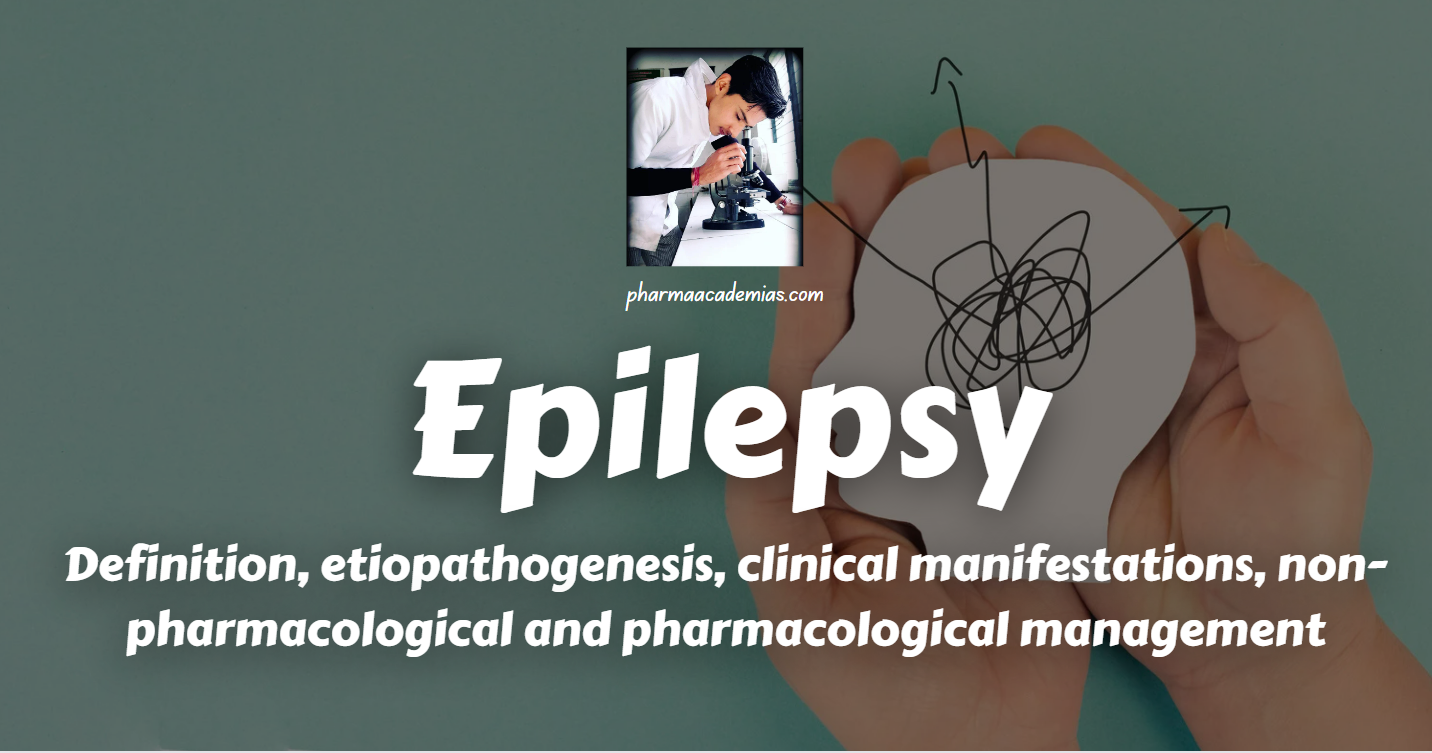Epilepsy is a neurological disorder characterized by recurrent, unprovoked seizures. Seizures are episodes of abnormal electrical activity in the brain that lead to various symptoms, ranging from brief periods of unconsciousness to unusual movements or sensations.
Etiopathogenesis:
1. Idiopathic (Primary) Epilepsy: No identifiable cause; likely genetic factors play a role.
2. Symptomatic (Secondary) Epilepsy:
Structural Causes: Brain injury, tumors, vascular malformations.
Metabolic Causes: Infections, electrolyte imbalances, genetic disorders.
Developmental Causes: Neurological disorders that arise during brain development.
Clinical Manifestations:
1. Seizures: The hallmark symptom, characterized by abnormal electrical discharges in the brain. Seizures can present in various forms, including convulsions, staring spells, or subtle changes in awareness.
2. Aura: Some individuals experience warning signs or auras before a seizure, which can vary widely and may include sensory perceptions or feelings.
3. Postictal State: After a seizure, there may be a period of confusion, fatigue, or other neurological symptoms.
4. Other Neurological Symptoms: Depending on the underlying cause, individuals with epilepsy may experience cognitive and behavioral abnormalities.
Non-Pharmacological Management:
1. Lifestyle Modifications:
Adequate Sleep: Regular sleep patterns can help reduce seizure frequency.
Avoiding Triggers: Identifying and avoiding triggers, such as specific foods or stress.
Regular Meals: Maintaining regular meal schedules to prevent hypoglycemia.
Regular Exercise: Physical activity can have a positive impact on seizure control and overall well-being.
2. Vagus Nerve Stimulation (VNS):
A surgically implanted device that delivers electrical impulses to the vagus nerve, helping to reduce seizure frequency.
3. Ketogenic Diet:
A high-fat, low-carbohydrate diet is effective in some cases, especially in children.
4. Responsive Neurostimulation (RNS):
An implantable device that continuously monitors brain activity and provides targeted electrical stimulation to interrupt or prevent seizures.
5. Epilepsy Surgery:
In cases where seizures are localized to a specific area of the brain, surgical removal of the affected region may be considered.
Pharmacological Management:
1. Antiepileptic Drugs (AEDs):
First-Line Drugs: Examples include carbamazepine, phenytoin, and valproic acid.
Newer AEDs: Lamotrigine, levetiracetam, oxcarbazepine, topiramate, etc.
Combination Therapy: Some individuals may require more than one AED for better seizure control.
2. Individualized Treatment:
Treatment plans are tailored based on the type of seizures, underlying cause, and individual response to medications.
Individuals with epilepsy must work closely with neurologists and healthcare providers to develop a personalized treatment plan. Regular monitoring, adjustment of medications, and lifestyle modifications are integral components of epilepsy management. Additionally, support and education for individuals with epilepsy and their caregivers are essential in promoting overall well-being and safety.

